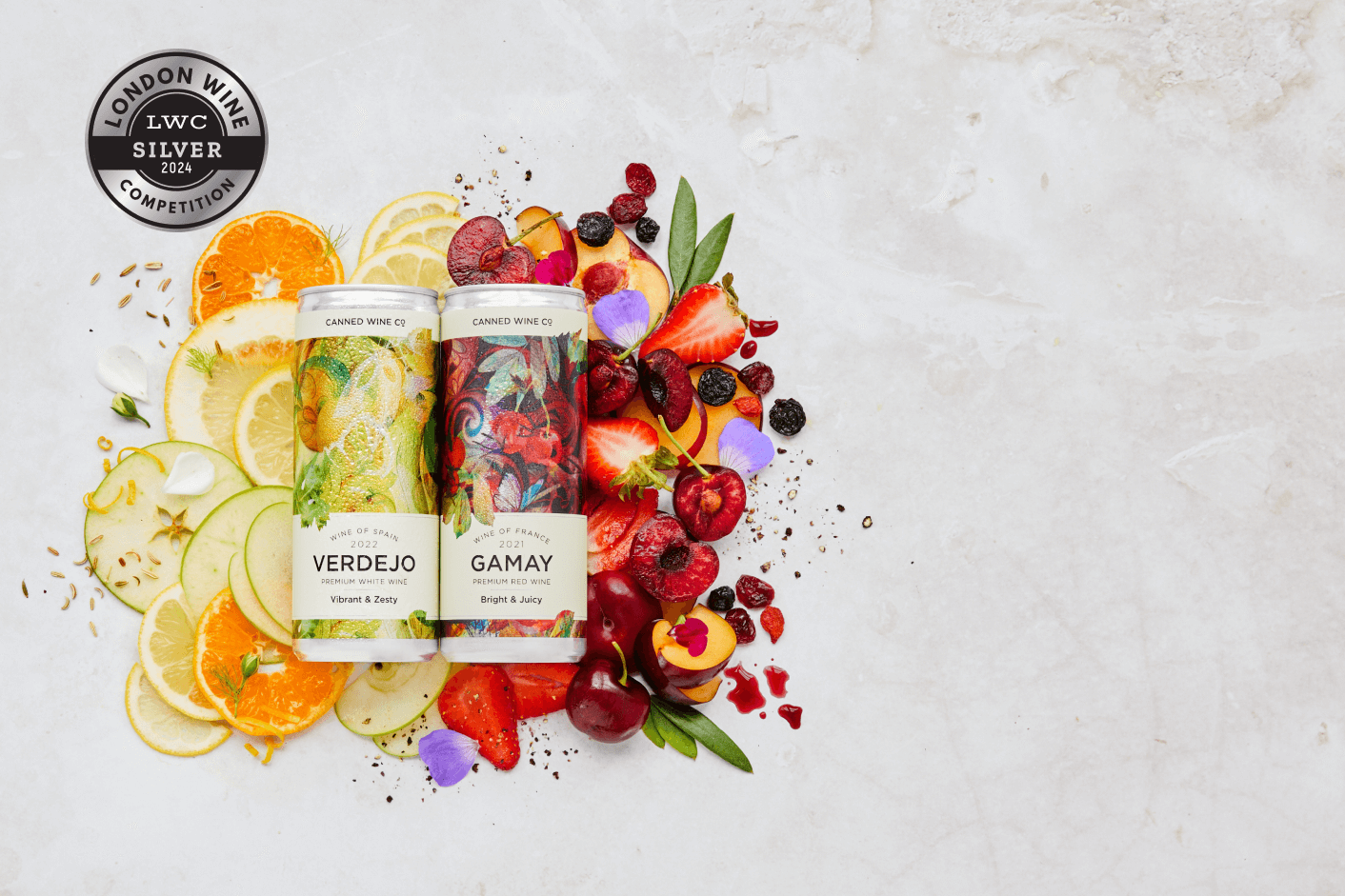Have you always wondered what in the world a full-bodied wine is? Find out more about alcohol levels and how it influences whether a wine is light or bold here.
Alcohol
Alcohol in wine comes from yeast converting sugar from the grapes into ethanol. Therefore, sweeter grapes lead to higher alcohol content. The amount of alcohol plays an important role in wine aromas and adds viscosity and body to a wine. You can sense alcohol in the back of your throat as a burning sensation or heat.
The unit for measuring alcohol is “alcohol by volume” or ABV, which you have probably seen on wine, beer or any liqueur bottle. A beer usually has around 5% ABV, whereas wines are in the range of 7-8% for very light white wines right up to 20% for a fortified wine like Port. Red wine typically has more alcohol than white wine.
Alcohol level in wine is typically described in categories from low to high. Let’s dig in to what they mean:
Low alcohol means below 10% ABV. German Riesling is known for quite low alcohol of around 8% ABV.
Medium-low refers to 10% to 11.5% ABV. This is common for wines from cooler regions like France, Germany and Northern Italy.
Medium alcohol level means 11.5% to 13.5% ABV. Wines typically in this category are Pinot Grigio, Sauvignon Blanc and rosés.
Medium-high refers to 13.5% to 15% ABV. Higher alcohol is typical for grapes from warmer regions that are riper and therefore sweeter. These regions include Australia, Argentina, Spain and Southern Italy. An example for this category is Grenache, with our Old Vine Garnacha having 14.5% ABV.
High alcohol content is categorised as over 15% ABV. Shiraz and Zinfandel can have over 15% ABV, otherwise high alcohol content is linked more to fortified wines like Port and Madeira that have around 17% to 21% ABV.
As wine has higher alcohol content than other alcoholic drinks in cans, our cans are the perfect size of two small glasses or one big glass of wine. Please enjoy responsibly!
Body
Body is not a scientific term, but rather a categorisation of style and description of the mouthfeel of the wine. Wine enthusiasts often describe the difference between a light and bold wine as the difference between skimmed and full-fat milk.
While body is a balance of the other taste characteristics (sweetness, acidity, alcohol, tannins), alcohol content can heavily influence the body, as wine with more alcohol has higher viscosity and so feels heavier and fuller in the mouth.
Light-bodied wines typically have more acidity, lower alcohol, less tannins and less sweetness. They taste leaner, pair well with light foods and people often find them more approachable. Examples are Riesling, Gamay and Vinho Verde.
Medium-bodied wines have some more fullness and generally 12.5% to 13.5% ABV. This includes varieties like Cabernet Franc and most rosés.
Bold or full-bodied wines have less acidity, higher alcohol levels, more tannins and are sweeter. They feel fuller in the mouth due to the higher alcohol content and associated viscosity. Most full-bodied wines are reds, although a white wine like Chardonnay can also be full-bodied. More typical examples are Malbec, Merlot, Cabernet Sauvignon and Zinfandel.
Drinking from a can increases the perception of sweetness, as the wine hits the taste receptors for sweetness in your mouth first. This can have an impact on the body, as bolder wines are associated with more sweetness.






